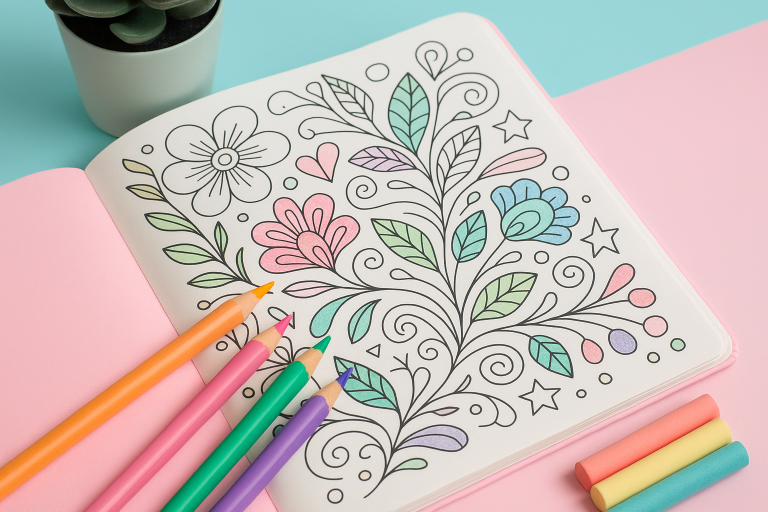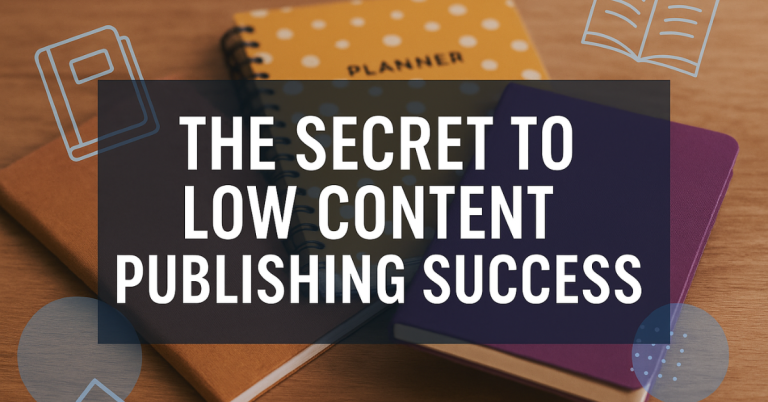What Are Low Content Books? The Truth Behind This Publishing Phenomenon
- A Big Question with a Simple Answer
- What Exactly Are Low Content Books?
- Why Low Content Books Are So Popular
- Low Content vs. Medium Content: What’s the Difference?
- Popular Niches for Low Content Books
- How to Create a Low Content Book That Stands Out
- Publishing on Amazon KDP: What to Know
- The Challenges of Low Content Publishing
- Bonus Tips for Smart Strategy
- The Real Opportunity in Low Content Books
A Big Question with a Simple Answer
If you’ve ever scrolled through Amazon and noticed the flood of journals, planners, or logbooks, you’ve already stumbled into the world of low content books. These aren’t your typical novels or non-fiction guides. They’re structured templates designed for the buyer to fill in—think daily planners, gratitude journals, recipe books, or fitness trackers.
Here’s the catch: while they’re often easy to make, not every book thrives. This guide breaks down what low content books really are, why they matter, and how to create one that readers actually want to buy.
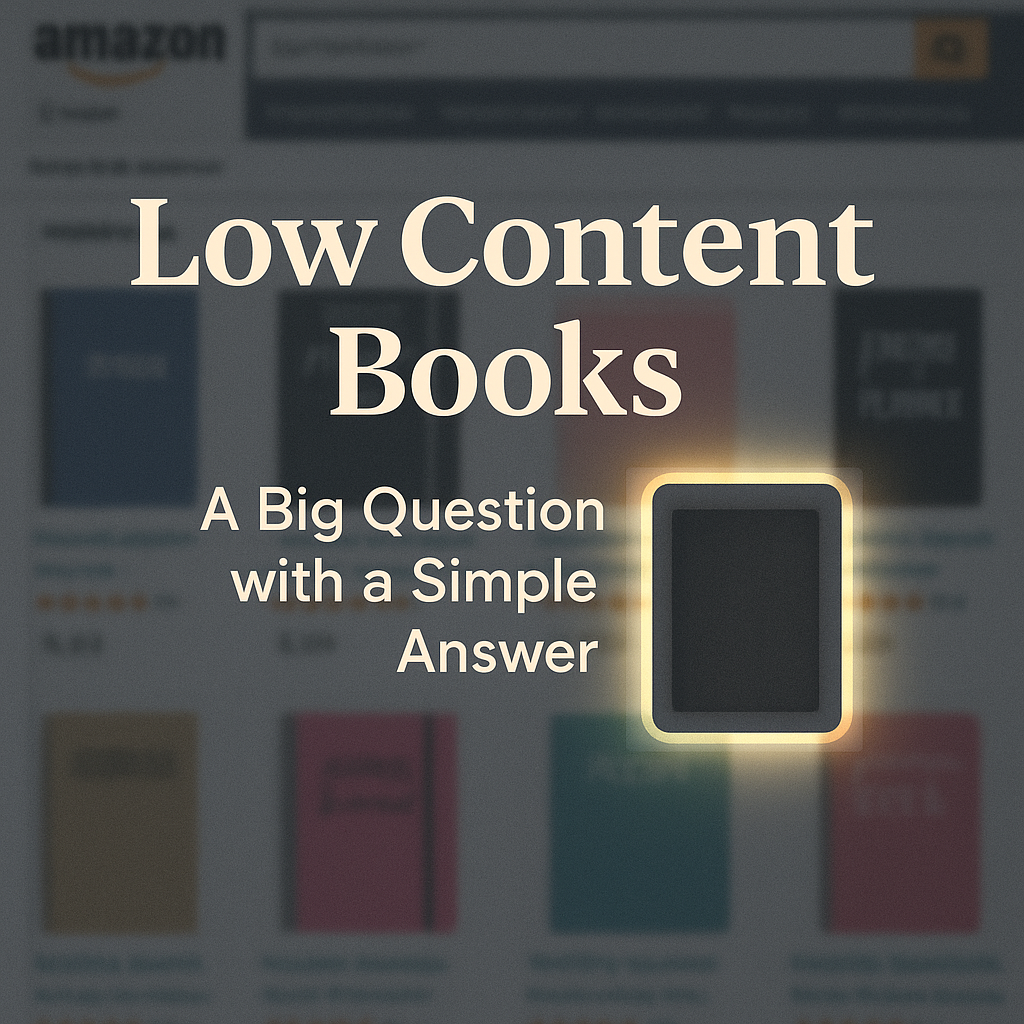
What Exactly Are Low Content Books?
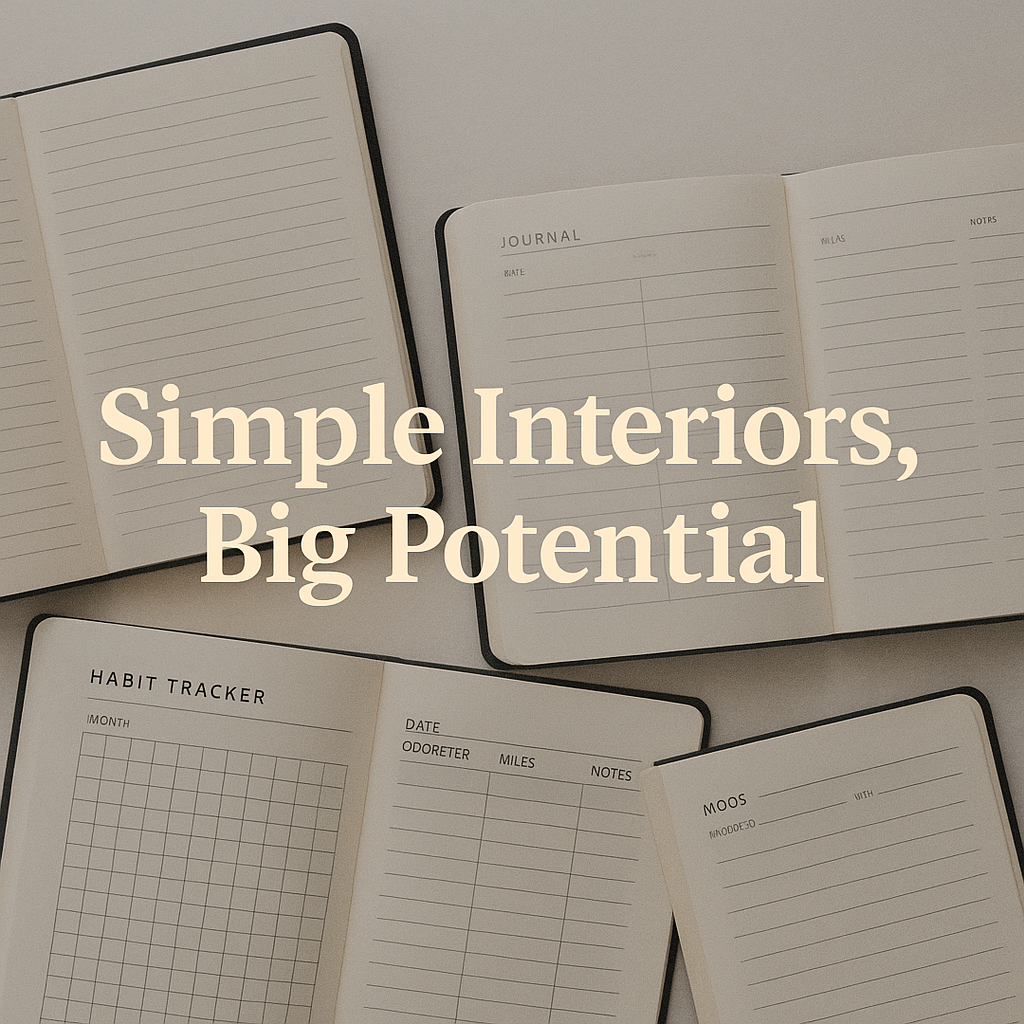
According to Amazon KDP’s official definition, a low content book is one with minimal or no interior text, often featuring repetitive layouts for user input. Popular examples include notebooks and diaries, planners and calendars, logbooks for fitness or mileage or expenses, and prompt journals.
Important note: Amazon excludes coloring books and activity books from this category, calling them “medium-content” instead. But outside of Amazon, many creators lump them into the same bucket.
Why Low Content Books Are So Popular
So why the buzz around something as simple as a notebook?
Creative Freedom for Buyers Instead of reading, buyers use these books as blank canvases—whether jotting ideas, tracking habits, or organizing schedules.
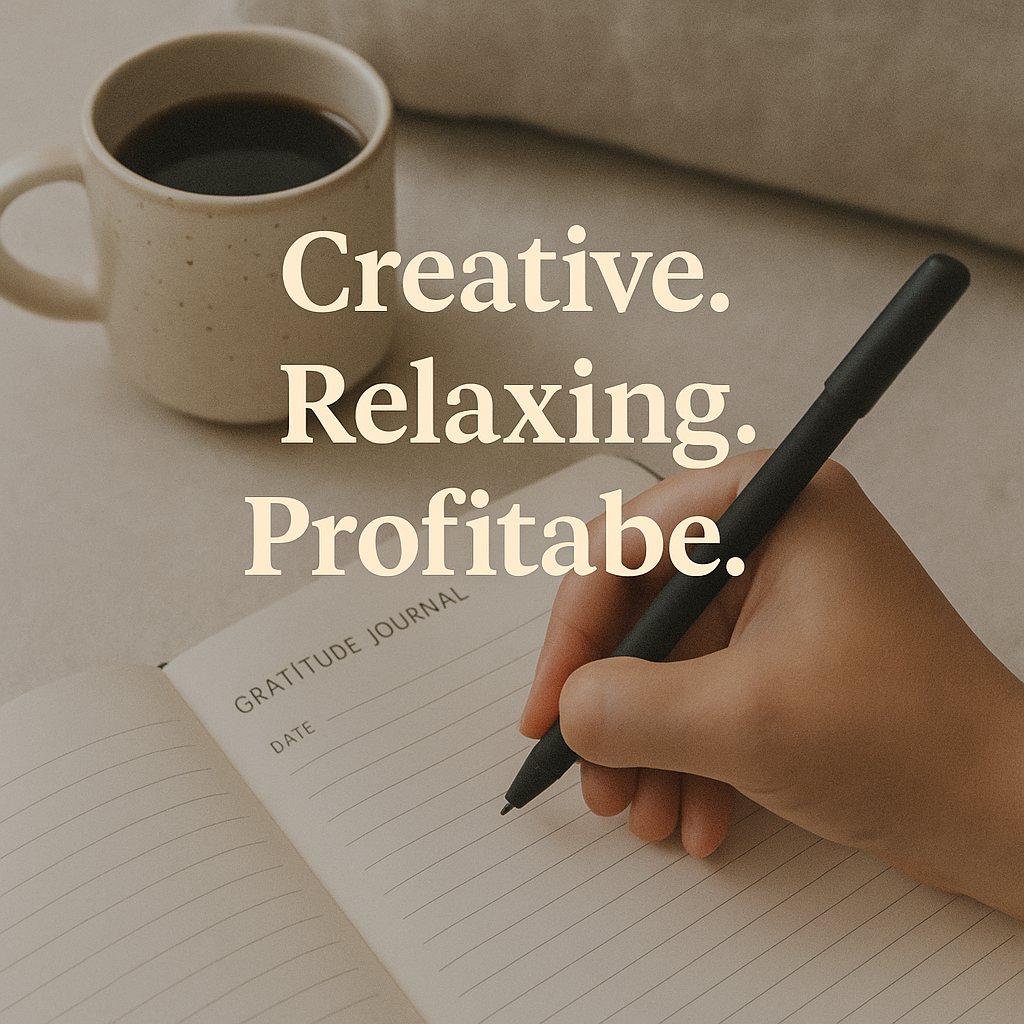
Therapeutic Appeal Journaling and tracking have been tied to mindfulness, stress relief, and better mental health. That’s why gratitude journals and habit trackers are hot sellers.
Easy & Affordable for Creators No 80,000-word manuscript needed. With tools like Canva or BookBolt, you can design and publish one in hours instead of months.
Passive Income Potential Because low content books often sell as print-on-demand on Amazon, once uploaded, they can earn income for years. Though, as we’ll discuss, not every book succeeds.
Low Content vs. Medium Content: What’s the Difference?
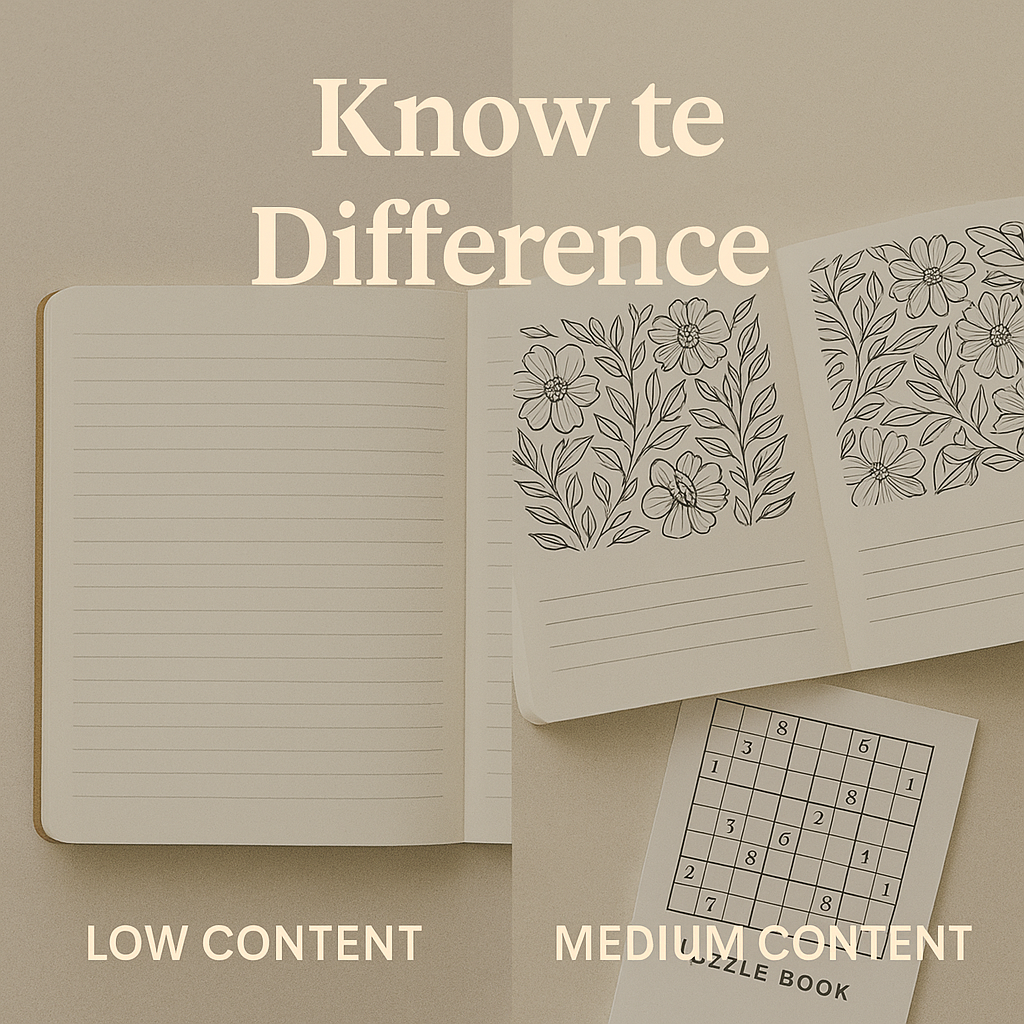
Here’s where confusion happens.
Low Content (strict definition): repetitive interior layouts—journals, planners, logs.
Medium Content: slightly more interactive, like coloring books, puzzle books, or guided workbooks.
Both categories give the user something to complete, but medium content requires more design variety.
Popular Niches for Low Content Books
If you want to stand out, targeting specific niches is key. Some high-demand options include wellness and self-care (gratitude journals, mood trackers, mindfulness logs), food and fitness (recipe journals, meal planners, workout logs), special events (wedding guest books, baby memory books, holiday planners), and hobbies and creativity (sheet music notebooks, gardening logs, sketchbooks).
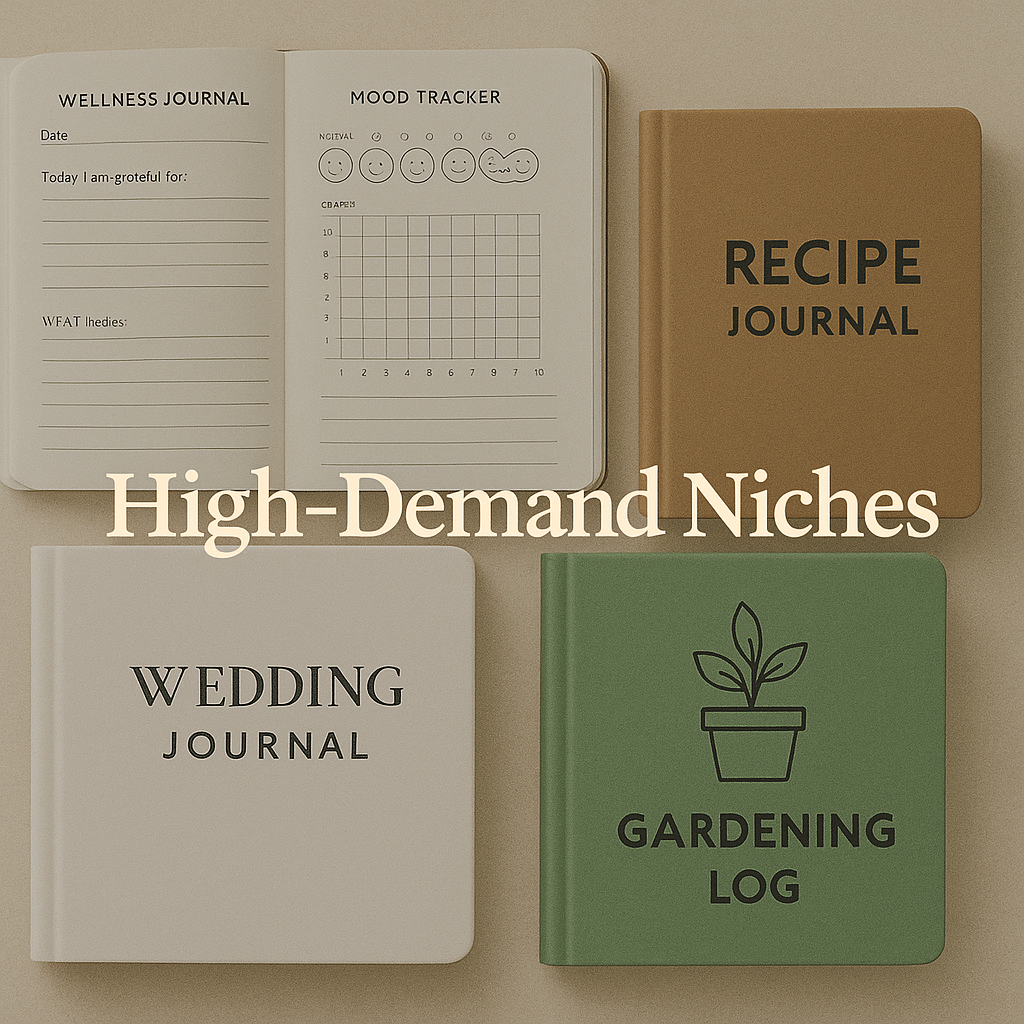
Pro tip: Seasonal and event-based books—like New Year’s planners or wedding season guest books—can perform especially well.
How to Create a Low Content Book That Stands Out
Let’s be real. Because these books are easy to make, the market is flooded. Success requires more than slapping lines on pages.
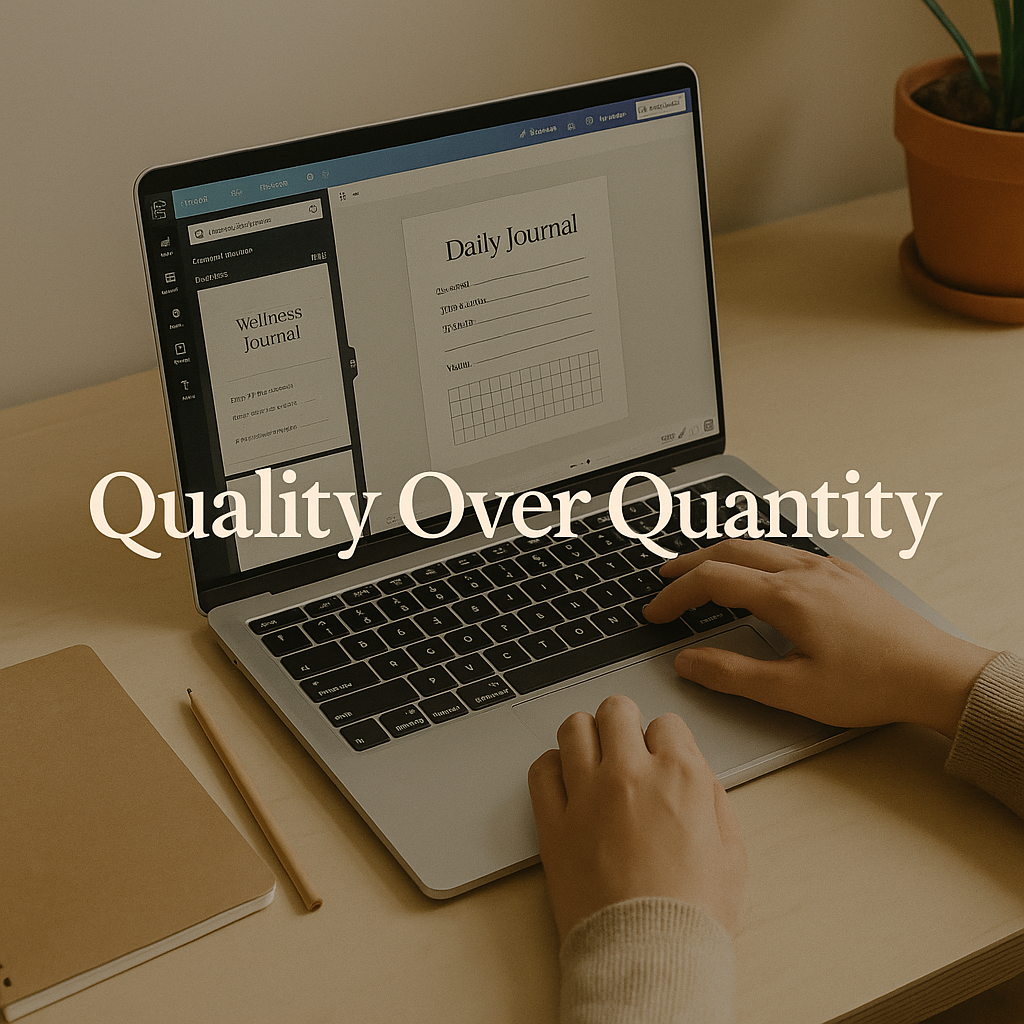
Define your audience. Who’s this for? Busy moms? Students? Pet owners?
Niche down. Instead of a generic planner, try a “dog training progress tracker” or “college meal planner.”
Prioritize quality. Crisp lines, smart layouts, and usability make a huge difference.
Use the right tools. Canva, BookBolt, or Publisher Rocket help design and research keywords.
Leverage timing. Launch planners in Q4, fitness trackers in January, wedding books in spring.
Test and improve. Share sample pages with real people before publishing.
Publishing on Amazon KDP: What to Know
Publishing is fairly simple, but here are key details you’ll want to keep in mind:
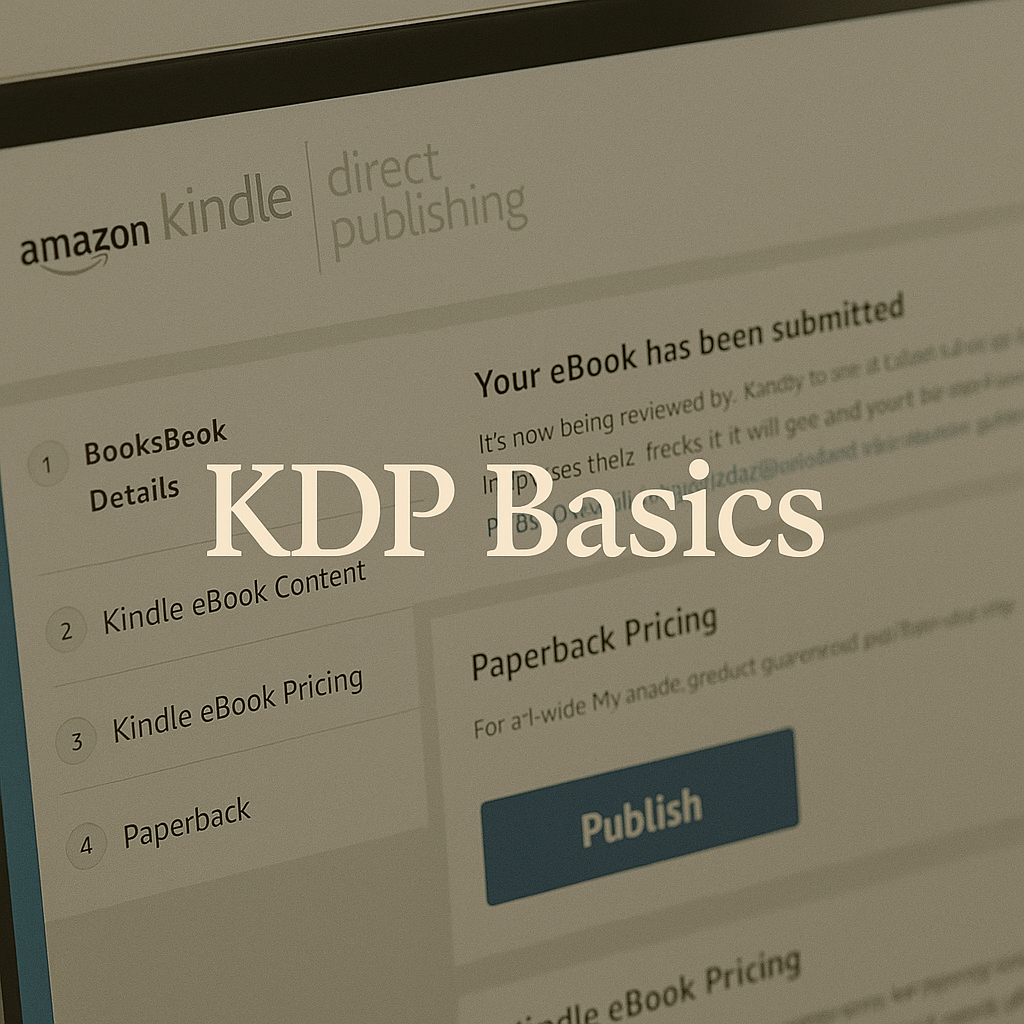
ISBN & Distribution: Most low content books on Amazon don’t receive ISBNs, which means no expanded distribution or “Look Inside” preview.
Correct Classification: Mislabeling your book can lead to rejection—know whether yours is low, medium, or high-content.
Keyword Strategy: Visibility depends on how you title, subtitle, and keyword your listing.
The Challenges of Low Content Publishing
Time for some honesty.
Market saturation is real. Thousands of nearly identical journals exist. Only the ones with unique positioning break through.

This isn’t a “get rich quick” path. While some creators earn consistently, many report small returns.
Brand matters. Buyers trust branded series more than random, one-off notebooks. Building a cohesive catalog works better than chasing trends.
Bonus Tips for Smart Strategy
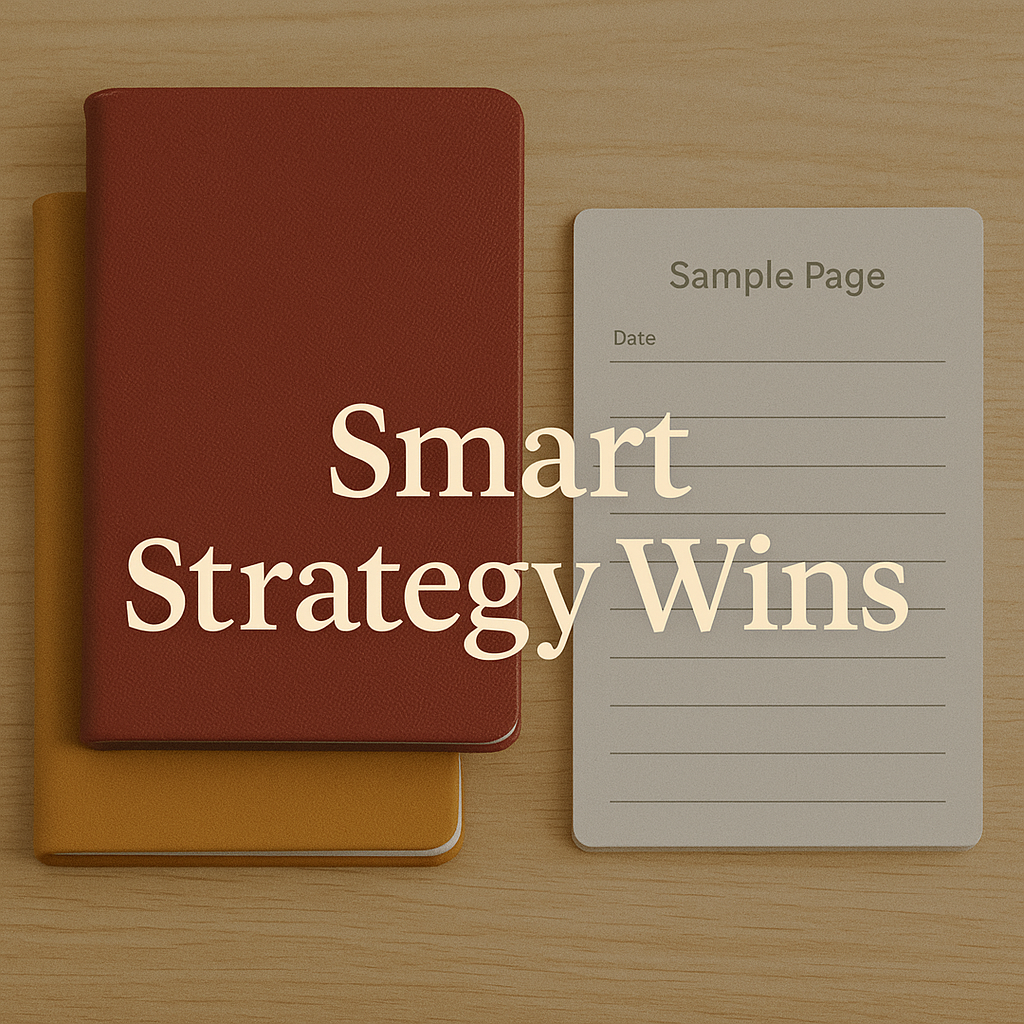
Bundle products. Pair a planner with a companion journal.
Offer samples. Free downloadable pages let buyers “try before they buy.”
Think long-term. Build a series around one niche instead of chasing dozens of random ideas.
The Real Opportunity in Low Content Books

So, what are low content books? At their core, they’re user-driven tools—simple interiors that help people organize, reflect, and create. For self-publishers, they’re an accessible entry point into publishing.
But here’s the truth: success doesn’t come from cranking out dozens of generic journals. It comes from finding a meaningful niche, producing with quality, and marketing with strategy.
Get this right, and you’re not just making a notebook—you’re creating a tool people actually use in their daily lives.


